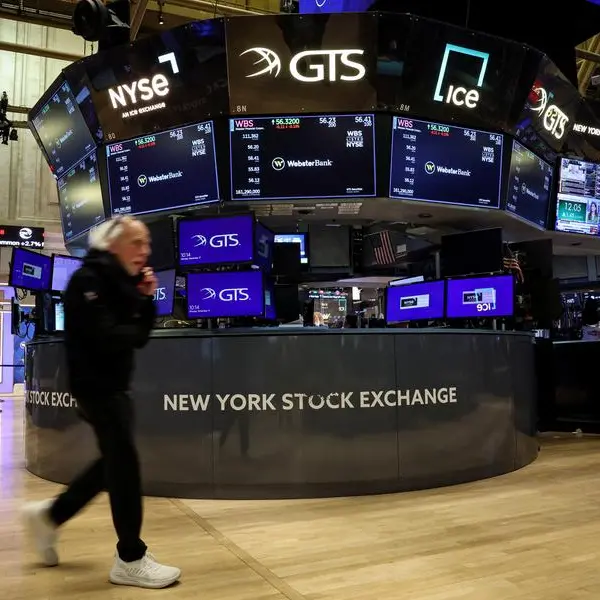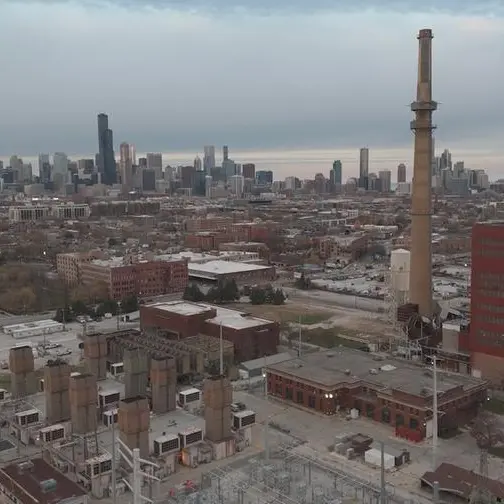PHOTO
The U.S. economy maintained a solid pace of growth in the third quarter as ebbing inflation and strong wage gains powered consumer spending ahead of a contentious presidential election set to turn on pocketbook issues.
Gross domestic product increased at a 2.8% annualized rate last quarter the Commerce Department's Bureau of Economic Analysis said in its advance estimate of third-quarter GDP on Wednesday. Economists polled by Reuters had forecast GDP advancing at a 3.0% pace.
Estimates ranged from a 2.0% pace to a 3.5% rate. The economy grew at a 3.0% pace in the second quarter. The pace of growth was well above what Federal Reserve officials regard as the non-inflationary growth rate of around 1.8%.
The advance GDP estimate was published less than a week before Americans head to the polls on Nov. 5 to choose between Vice President Kamala Harris, the Democratic Party candidate, and former President Donald Trump.
Polls show the race is a toss-up. Americans, who consistently say the economy is a top election issue, have chafed at high food and housing costs, even as the economy has defied forecasts of a recession and continues to outperform its global peers.
Surveys of voters have consistently given the edge to Trump when asked who would be a better steward of the economy, including in the latest Reuters/IPSOS poll out on Tuesday.
The report added to annual revisions published last month, which indicated that the economy was much stronger than had been previously estimated. The revisions almost erased the gap between GDP and gross domestic income (GDI), an alternative measure of growth, through the second quarter.
Prior to the revision, some economists had argued that gap suggested economic activity was being overestimated. The economy has stayed resilient despite 5.25 percentage points of interest rate increases in 2022 and 2023 from the U.S. central bank to tame inflation.
The personal consumption expenditures price index, excluding the volatile food and energy components - followed closely by the Fed - rose at a 2.2% rate in the third quarter, sharply slowing from the 2.8% pace in the second quarter.
With inflation nearing the Fed's 2% target, the central bank is now easing policy and last month kicked off that cycle with an unusually large half-percentage-point rate cut.
That reduction in borrowing costs, the first since 2020, lowered the Fed's policy rate to the 4.75%-5.00% range.
(Reporting by Lucia Mutikani; Editing by Dan Burns and Nick Zieminski)





















